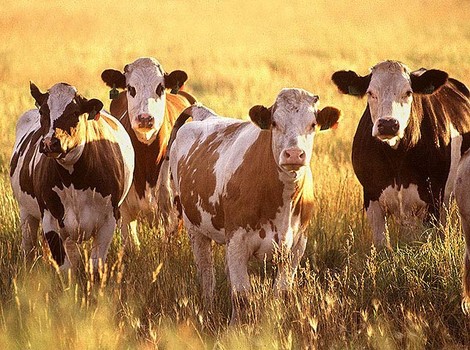A cow on a farm in Givron, Ardennes, in northern France has been confirmed positive for classical Bovine spongiform encephalopathy (BSE) earlier this week, according to a World Organisation for Animal Health (OIE) report Friday.

The affected bovine, a Salers female born on April, 8th 2011, showed paresis and was euthanized on March, 1st 2016. Samples made on March, 4th 2016 during rendering were analyzed at the Department Laboratory of La Somme.
The rapid test proved positive on March, 8th 2016 and the samples were then sent for further analysis to the National Reference Laboratory, ANSES, which confirmed a case of classical BSE on March, 21st 2016. The European Union Reference Laboratory confirmed those results on the basis of documentation on March, 23rd 2016.
The last case of classical BSE was detected in 2011. A case detected in 2014 was atypical BSE.
A by-law declaring infection was issued and prohibited any movements until sanitation. A traceability investigation is on-going to identify animals potentially at risk (cohort and offspring) that will be destroyed. An epidemiological investigation aimed at identifying the potential causes of infection was launched.
According to the France Ministry of Agriculture (computer translated), BSE is an animal disease that affects cattle (it belongs to spongiform encephalopathies transmissible subacute group (TSE). They are degenerative diseases of the central nervous system that are caused by agents called “pathogenic prions”. The BSE is characterized by the appearance of nervous symptoms in adult animals.
The characteristic symptoms of the disease are changes in behavior and locomotor disorders. But the diagnosis can only be established after the death of the animal.
The status of France with regard to this disease to the OIE, will be changed.BSE is one of the diseases known to “reportable” to be reported internationally. Depending on the country, the export conditions of French cattle can be changed.
This means that in the parts of animals excluded from human consumption, the list of these parties will have to go directly to incineration will be extended. The list of these products is technically called SRM (specified risk material).
Go now systematically incineration, whatever the origin of cattle, according to MRS: brains, spinal cord, eyes and tonsils of cattle more than twelve months.
The confirmation of this case of BSE will result in more:
- the incineration setting spines from cattle over 30 months and tonsils regardless of the age of cattle, so they were no longer considered to MRS for animals born and bred in France or from countries “negligible” risk.
- setting the incineration of the last four meters of the small bowel mesentery + + cecum of all cattle regardless of their age when they were no longer considered to MRS for animals born and bred in France or from countries “negligible” risk.
Related:


4 thoughts on “France reports ‘mad cow disease’ case in Ardennes”